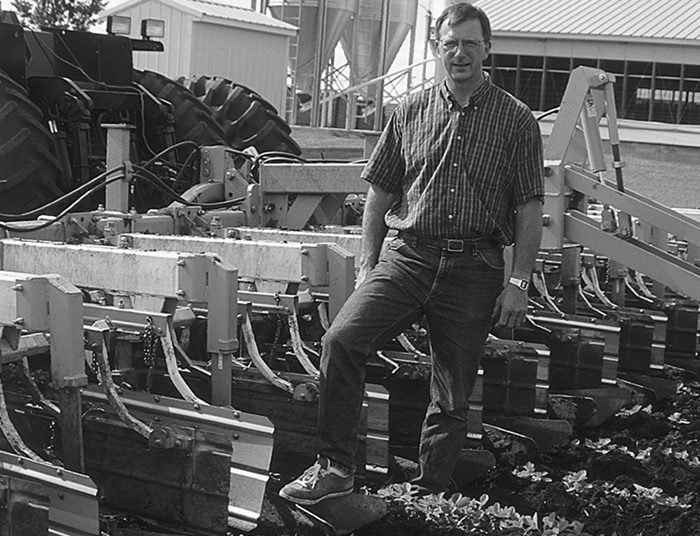No-Till Farmer
Get full access NOW to the most comprehensive, powerful and easy-to-use online resource for no-tillage practices. Just one good idea will pay for your subscription hundreds of times over.

Bill Secor has once again decided not to become a no-tiller. While he feels the flat, deep soils in his area of north central Iowa might lend themselves to no-till, he’s a ridge tiller and, though he’s considered switching to no-till, he’s decided against it for the time being.
For now, the Fort Dodge, Iowa, farmer is happy with the ridge till system he’s perfected over the
past 10 years. Besides, he argues, there’s really not much difference between his ridge till system and most no-till systems.
By some definitions, Secor is already a no-tiller—he’s just doing it on ridges. And with increased fall or spring strip-tilling which features deep banding of fertilizer and berms, Secor is closer to no-till than ever before.
Ridges, Berms, Hills. “We cultivate and rebuild a medium ridge in corn, but we don’t rebuild the ridge in soybeans,” he says. “I’m not an advocate of a high ridge. I want it just high enough to help warm the soil and keep standing water from covering up the row area.
“While we cultivate beans, we’ve been planting about half our bean acres to Roundup Ready varieties and in those, we’ve been doing less cultivating. We still cultivate corn because aerating the soil about halfway through the growing season seems to boost yields for us.”
When Secor moved from a 12-row planter to a 24-row planter, he feared he might have to give up his ridges. The ridge guidance system he was using on the 16-row planter…